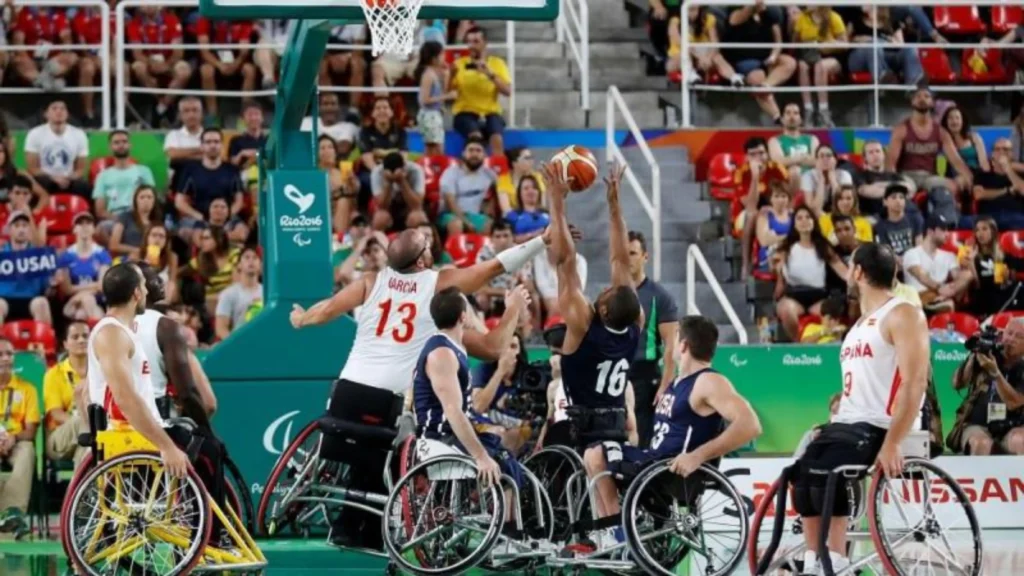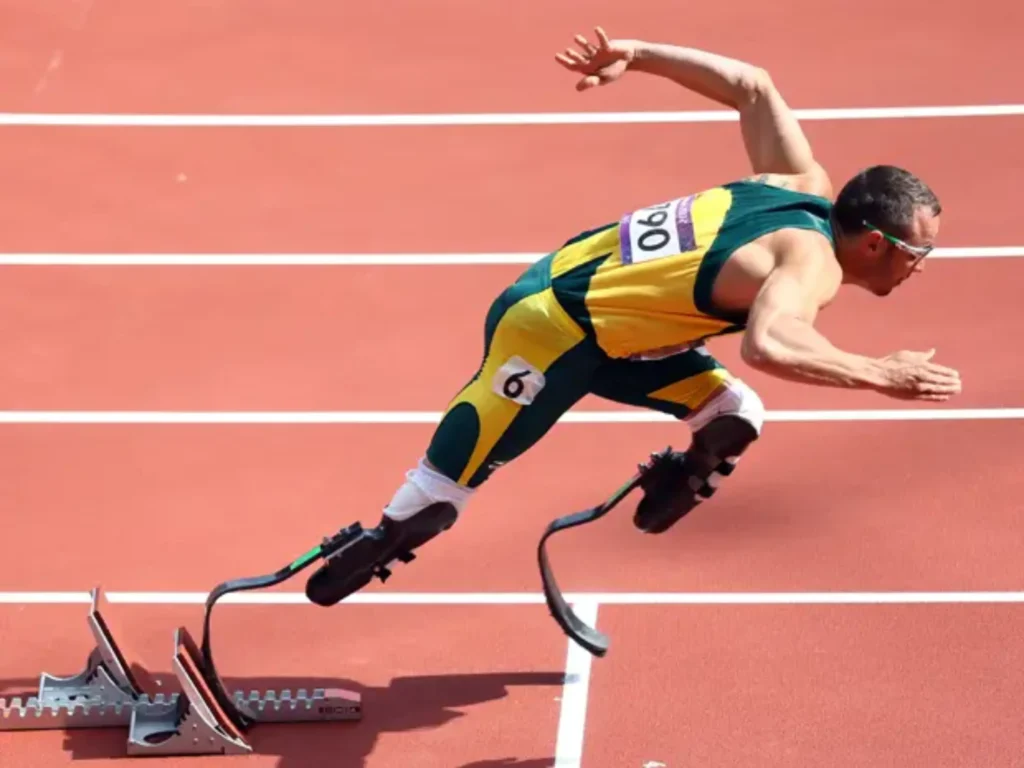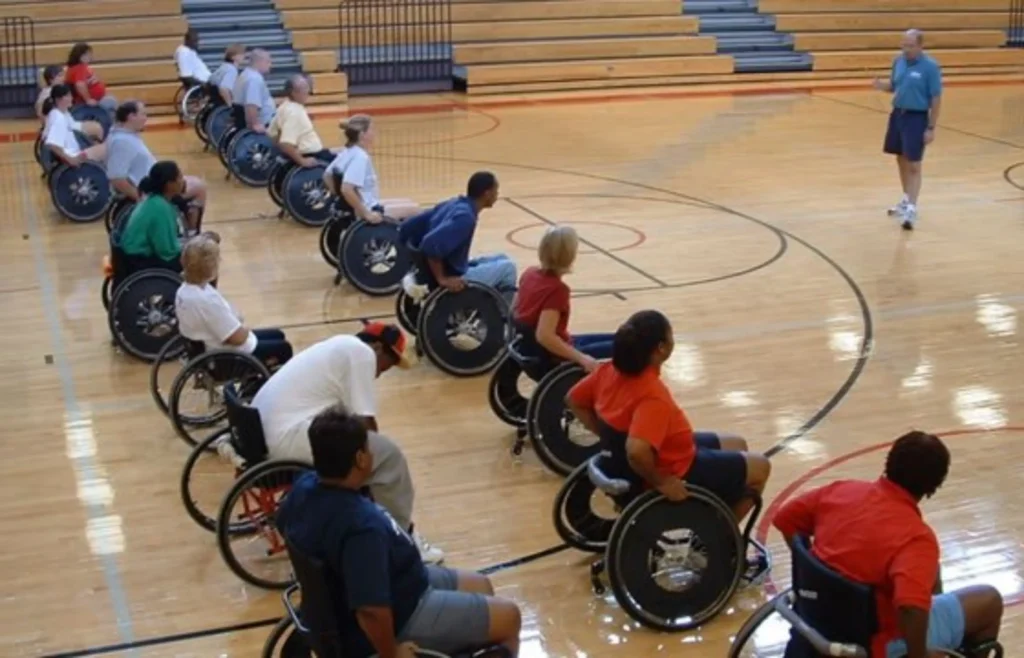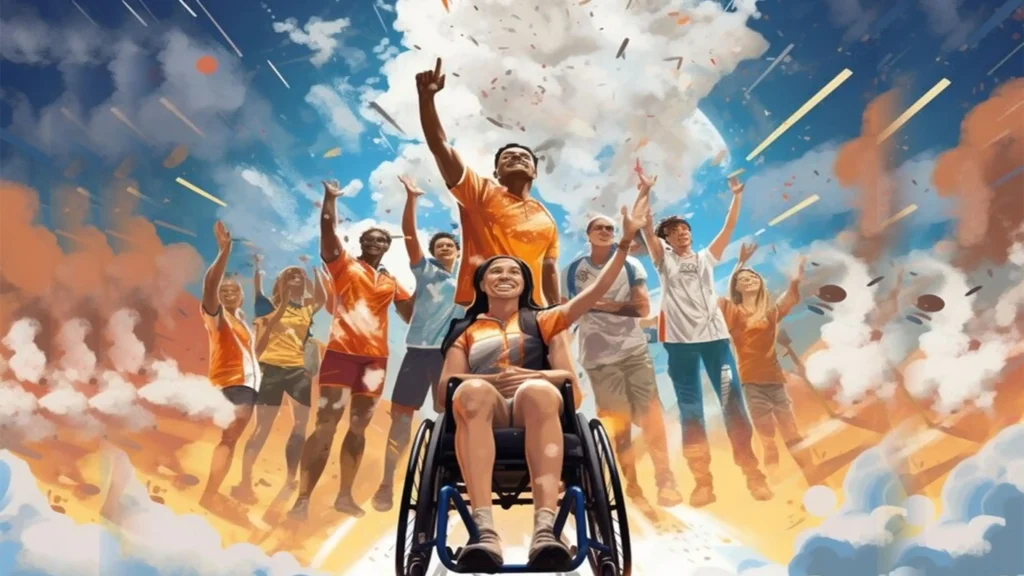
Understanding Adaptive Sports: Redefining the Boundaries of Athleticism

Adaptive sports also referred to as parasports are a transformative evolution in the world of athletics. These sports are specially modified or created to meet the needs of individuals with physical, visual, and intellectual disabilities. The purpose is not merely participation; it is about equality, opportunity, and competitive excellence.
From the earliest iterations of wheelchair basketball in the 1940s to today’s expansive international competitions like the Paralympic Games, adaptive sports have grown exponentially in both scale and prestige. They are no longer confined to specialized arenas but are now prominently featured alongside mainstream sports events, reflecting a broader societal shift towards inclusion and accessibility.
Historical Evolution of Adaptive Sports

The journey of adaptive sports is deeply rooted in post-war rehabilitation efforts. Initially developed to help wounded soldiers regain mobility and psychological well-being, these activities evolved into formalized sports. Dr. Ludwig Guttmann, often referred to as the father of the Paralympic movement, organized the first Stoke Mandeville Games in 1948, laying the foundation for what would become a global movement.
Over the decades, advocacy from disabled athletes, partnerships with international sporting bodies, and shifts in public perception have led to the institutionalization of adaptive sports. Today, governing organizations like the International Paralympic Committee (IPC), Special Olympics, and Invictus Games Foundation ensure a robust and inclusive framework for participation and recognition.
Popular Adaptive Sports Across the Globe

Adaptive sports span virtually every athletic discipline, with tailored modifications that uphold the integrity of the sport while enhancing accessibility. Here are some of the most widely recognized adaptive sports:
- Wheelchair Basketball – Fast-paced and strategic, this sport maintains the competitive spirit of traditional basketball with adaptations in dribbling and court movement.
- Sled Hockey (Sledge Hockey) – A powerful, contact-heavy sport for athletes with lower-body impairments, played on specially designed sleds.
- Goalball – Designed for athletes with visual impairments, this sport relies on auditory cues and tactile court markings.
- Para Swimming – One of the most inclusive disciplines, accommodating various disabilities through classification systems that ensure fair competition.
- Amputee Football – A dynamic version of football (soccer), played by athletes with amputations using forearm crutches and unique gameplay strategies.
Each of these sports carries competitive, rehabilitative, and community-building value, allowing athletes to thrive beyond perceived limitations.
The Role of Technology in Advancing Adaptive Athletics

Technological innovation has become a powerful enabler in adaptive sports. From prosthetics engineered for sprinting to wheelchairs designed for agility and speed, the tools used by athletes today are more advanced than ever.
- Carbon fiber prosthetics replicate the energy return and stride of able-bodied runners, allowing for near-equal performance levels.
- Sports-specific wheelchairs are engineered for optimal maneuverability in sports like tennis, rugby, and racing.
- Wearable tech and biometric tracking enable personalized training programs that enhance performance and minimize injury risk.
These innovations bridge the gap between limitation and possibility, giving adaptive athletes a competitive edge and enhancing viewer engagement through higher performance standards.
Global Recognition and Mainstream Integration

Adaptive sports are no longer on the periphery they are central to the global sporting conversation. The Paralympic Games, held in tandem with the Olympic Games, feature more than 4,000 athletes from over 160 countries and draw millions of viewers globally.
Mainstream media networks now cover adaptive sporting events in prime time, and many elite adaptive athletes have secured major brand sponsorships, appearing in global advertising campaigns. This not only normalizes their presence in the sporting world but elevates their status to household names, much like their Olympic counterparts.
Inclusivity Through Community-Based Programs

At the grassroots level, community and school-based adaptive sports programs are essential in fostering early interest and participation. Organizations like Disabled Sports USA (now Move United) and The Challenged Athletes Foundation offer training, mentorship, and competition opportunities to youth and adult athletes alike.
These programs act as incubators for future Paralympians while delivering key benefits such as:
- Improved mental health
- Social inclusion and friendship building
- Leadership and personal development
- Physical rehabilitation and fitness
Communities that invest in inclusive sporting infrastructure such as accessible courts, fields, and gyms help break down physical and psychological barriers that might prevent individuals with disabilities from engaging in athletic activities.
Overcoming Challenges and Future Opportunities
Despite immense progress, several challenges persist in the adaptive sports landscape:
- Funding disparities between able-bodied and adaptive athletes
- Limited access to equipment and training facilities in underserved regions
- Social stigma and lack of awareness about the capabilities of disabled athletes
However, the future is bright. With increasing public interest, government funding, and corporate sponsorship, adaptive sports are set to expand further. The rise of esports for individuals with mobility impairments, virtual reality training, and televised adaptive leagues are all signs of an ecosystem that is innovative, inclusive, and rapidly evolving.
Championing Diversity and Human Potential Through Adaptive Sports

Adaptive sports are more than just athletic contests; they are powerful expressions of resilience, identity, and human potential. They challenge outdated narratives around disability and inspire a more inclusive worldview. As a society, when we uplift adaptive athletes and invest in their futures, we create a legacy of empowerment, equal opportunity, and global solidarity. Whether on a local basketball court or the grand stage of the Paralympic Games, every athlete deserves the right to compete, excel, and inspire.


